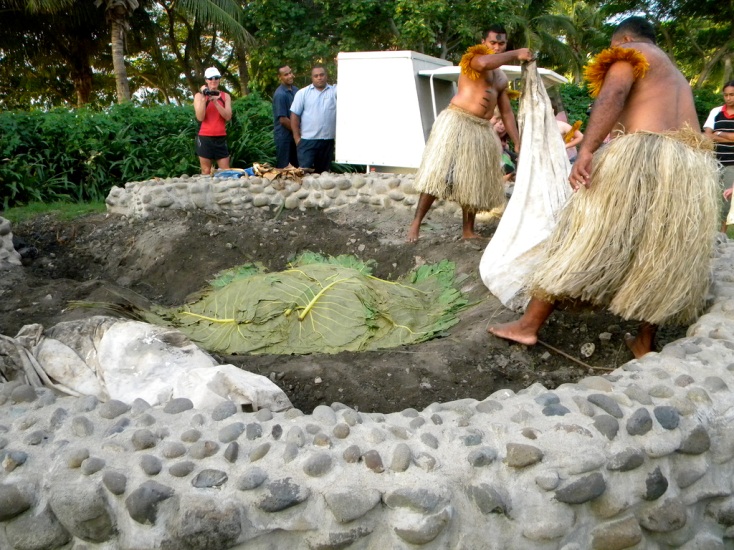Fiji: an island haven and a paradise for the pallet, rich in culture, and rich in fresh and natural ingredients. With its abundance of exotic island flavors, Fiji is a foodie’s dream. Fijian cuisine is vastly influenced by Indian cuisine, and when the Indian spices are merged with freshly harvested vegetables and fresh-caught seafood, the result is heavenly. This delicious food attracts visitors from all over the world, even neighboring countries like Australia and New Zealand. Since it is only a few hours away by plane, this place is a great sport for those who live in the Pacific Rim. Also, if you are open to try new, nutritious and delicious foods, consider planning your next vacation to Fiji during the holidays. The following describes five Fijian specialties that are a must-try for any Aussie tourist.
Kokodo
Being a Pacific island, seafood is a staple of the Fijian diet, with mahi-mahi, mackerel and octopus as some of the more common varieties. Kokodo is a raw fish dish similar to the Central and South America dish, Ceviche. Any variety of white fish is marinated in lime juice and refrigerated for at least eight hours until the fish is white. Then, coconut cream, onions, tomatoes and more lime are added to create a dish that is creamy, sweet and tangy and has an almost stew-like texture. The Fijians take it as spicy as they can get it by adding large spoonfuls of hot chili!
Lovo
Certainly a labour of love, much time and effort is put into the preparation of Fijian food, and this is especially true with a Lovo. Lovo is an underground style of cooking that is similar to the New Zealand Maori’s hangi. A pit is dug in the ground and the floor is then covered in hot rocks. Depending on availability, some type of meat, be it fish, chicken or pork, is wrapped in taro leaves, covered in layers of various vegetables, and then insulated by layers of dirt. Over the course of a few hours, the food is smoked, and the result is delicious. If you are staying at a hotel or resort, most places put on a lovo at least once a week, usually accompanied by traditional Fijian dancing, and sometimes, a type of kava ceremony.
Kava
Okay, it’s not a “dish” as such, but a visit to Fjii wouldn’t be complete without a night on the Kava. A plant grown in the Western Pacific area, Kava is Fiji’s national drink. A natural sedative, Kava is primarily used for purposes of recreation and relaxation. It’s a key part of Fijian culture, bringing people together by encouraging openness and storytelling. The taste of it is quite pungent, and can best be described as resembling dirt. In Fiji, Kava is generally drunk from coconut shells, making for quite an authentic travel experience. It is customary when you are entering a new village to bring a gift of Kava root to the chief. Ask any friendly Fijian local, as they will be happy to talk you through the process.
Palusami
Palusami is a beef or fish dish that is cooked in coconut milk. The result is a creamy, sweet meat that can be served either hot or cold. It’s a dish that is popular in many of the Pacific Islands but more commonly in Samoa and Fiji. Because fresh meat, such as beef, can be expensive in the Pacific, the locals will often substitute it with canned corned beef. Palusami is usually served as part of a traditional lovo feast so you should get the opportunity to sample it as part of your lovo experience.
Fruit Lote
Fruit Lote is a style of fruit dessert that is traditionally served at Fijian feasts. With all of the fabulous fresh fruit available in the area, it’s easy enough to pick up key ingredients at one of the many local markets. To make Fruit Lote, tropical fruits including guavas, papaya and pineapple are boiled in citrus juice and sugar and then served with a hefty dollop of coconut cream. Kind to the tastebuds, but less so to the waistline!
Lovo Image by Lynn S. from Flickr’s Creative Commons
About the Author: Mimi Callaway is a guest writer and travel addict. Every winter, she swaps the cold of Melbourne for a different island paradise. She is particularly passionate about the warm and welcoming culture of Fiji, and finds herself drawn to the people, their wonderful traditions, and their gorgeous cuisine.












